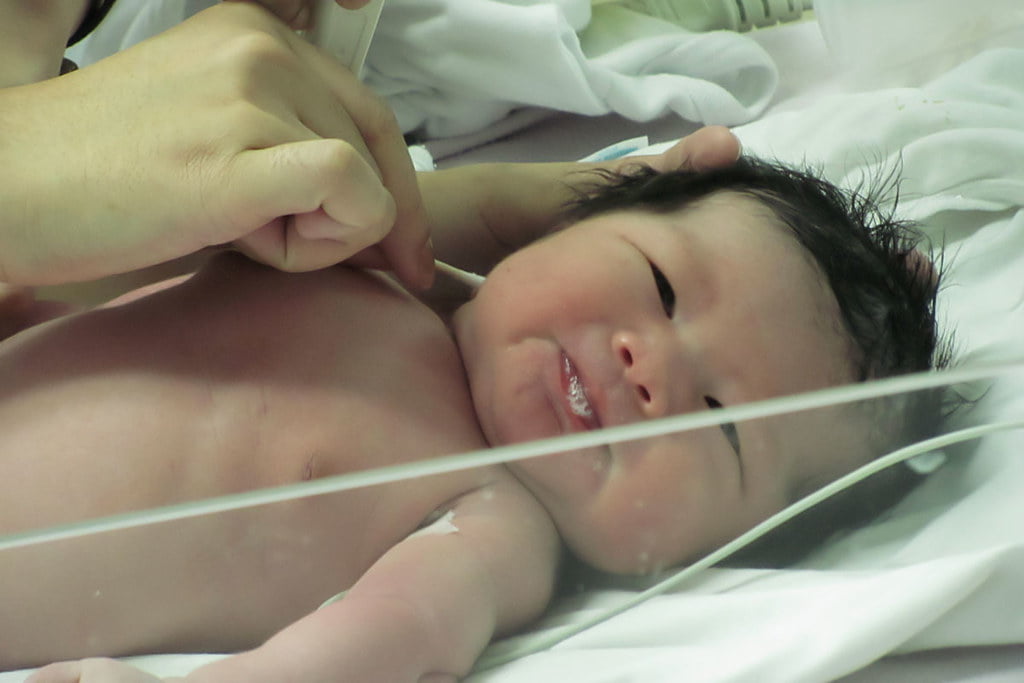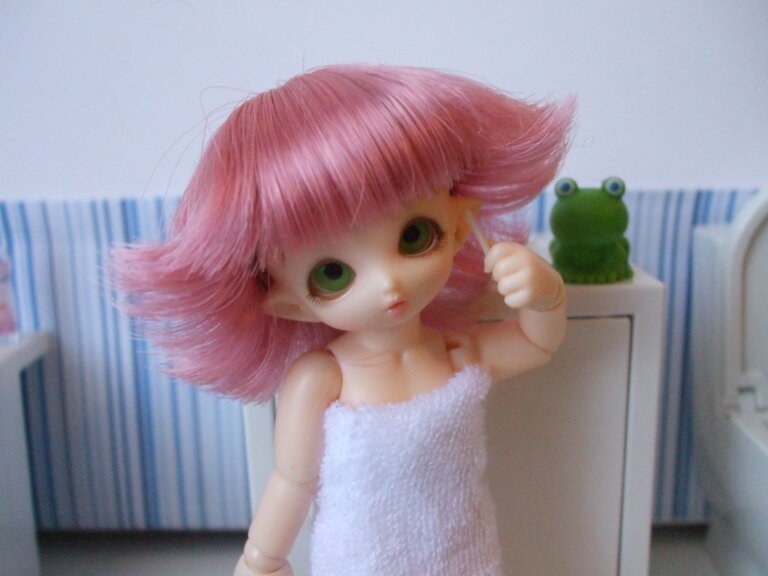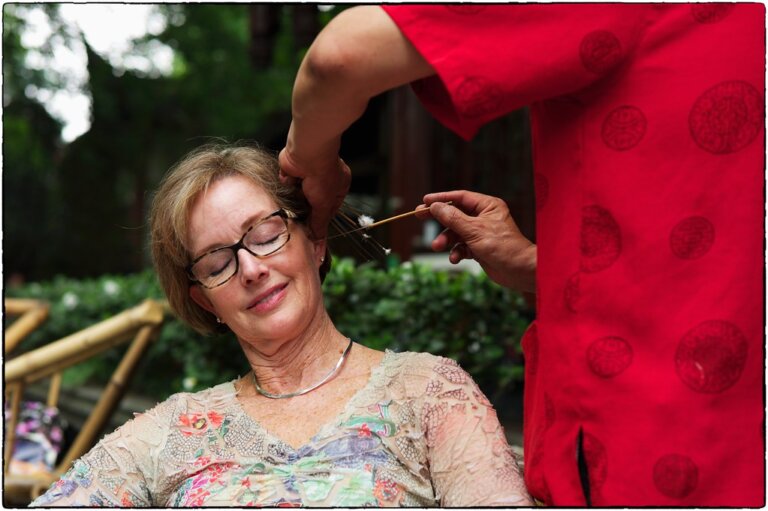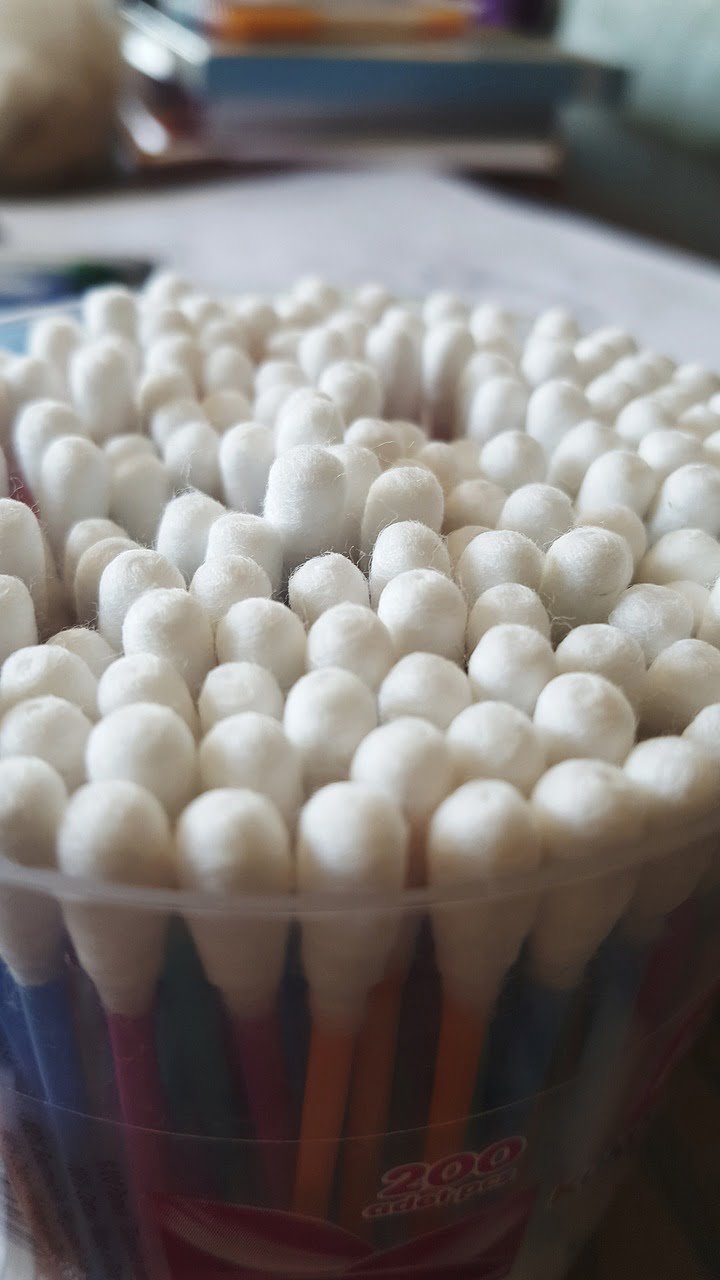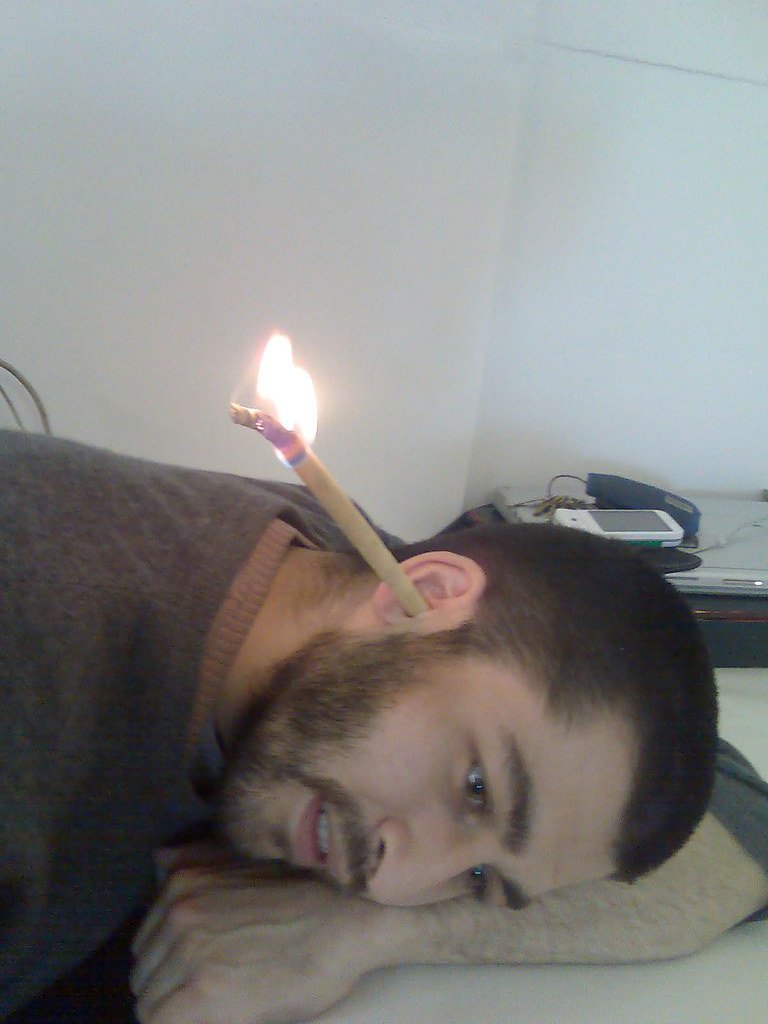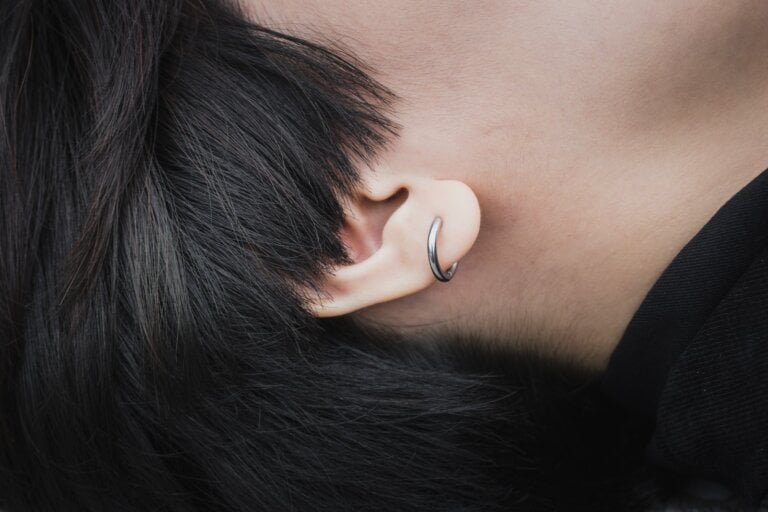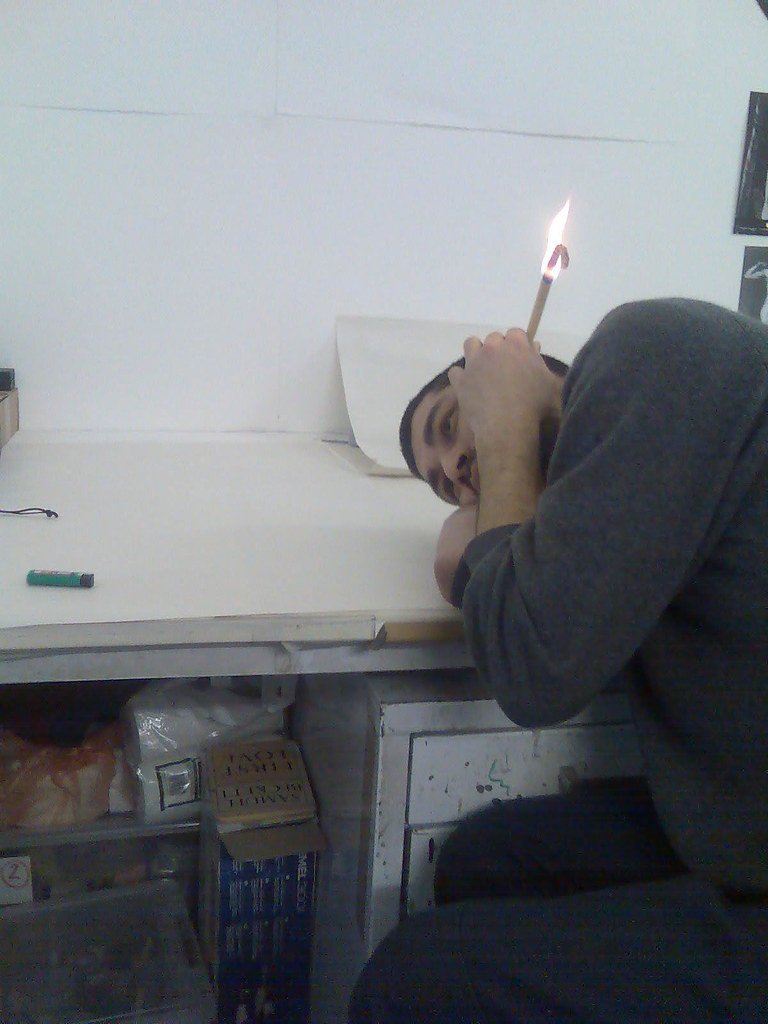In it for the Long Haul: Long-Term Aftercare for Manual Instrument Ear Wax Removal
Last Updated on 3rd May 2024 by Admin
Ear wax, also known as cerumen, is a naturally occurring substance produced by the glands in the ear canal. It plays a crucial role in maintaining ear health by lubricating and protecting the delicate skin of the ear canal. However, excessive buildup of ear wax can lead to discomfort, hearing problems, and even infections. To address this issue, manual instrument ear wax removal has emerged as an effective solution. This article focuses on the importance of long-term aftercare for manual instrument ear wax removal and provides valuable insights into maintaining ear health.
Understanding Manual Instrument Ear Wax Removal
Manual instrument ear wax removal is a procedure performed by trained healthcare professionals using specialized tools such as curettes and forceps. It involves manually removing excessive ear wax from the ear canal to restore proper hearing and reduce the risk of complications. This method is particularly useful for individuals who have excessive or impacted ear wax that cannot be addressed through other methods like irrigation or ear drops.
During the procedure, the healthcare professional carefully navigates the tools within the ear canal to extract the accumulated ear wax. They have the expertise to ensure that the process is performed safely and effectively, minimizing any potential discomfort or damage to the delicate skin.
The Importance of Long-Term Aftercare
Once manual instrument ear wax removal has been performed, it is essential to establish a long-term aftercare routine to maintain ear health. Neglecting aftercare measures can increase the risk of ear wax buildup, infections, and other complications. By following a proper aftercare regimen, individuals can minimize the need for frequent ear wax removal procedures and ensure the long-term health of their ears.
After the procedure, the ear canal may be more prone to irritation and infections. This is why it is crucial to adopt good aftercare practices to promote healing and prevent any further complications. By incorporating simple yet effective aftercare measures into your routine, you can maintain a healthy ear environment and minimize the risk of future issues.
Tips for Long-Term Aftercare
1. Keep Your Ears Dry
Excessive moisture in the ear canal can promote the growth of bacteria and fungi, leading to infections. After manual instrument ear wax removal, it is crucial to keep your ears dry. Avoid activities that involve excessive exposure to water, such as swimming or diving, for at least a few days following the procedure. Water can enter the ear canal and disrupt the healing process, increasing the risk of infection.
If you must get your ears wet, such as during bathing or showering, take precautions to protect them. Consider using earplugs or a shower cap to prevent water from entering the ear canal. After completing your bath or shower, gently dry your ears with a clean towel. Be careful not to insert the towel or any other objects into the ear canal, as this can cause damage or push the ear wax back inside.
2. Avoid Inserting Objects into Your Ears
Many people have the habit of using cotton swabs or other objects to clean their ears. However, inserting anything into the ear canal can push the ear wax deeper and cause damage to the delicate skin. It is important to resist the urge to clean your ears with such objects and let the ear wax naturally migrate out of the ear canal. The ear has a self-cleaning mechanism where the wax gradually moves toward the outer ear, where it can be easily wiped away.
If you feel the need to clean, only use a soft cloth to wipe the outer portion of the ear. Avoid inserting cotton swabs or any other objects into the ear canal, as they can push the wax further inside, leading to blockages and potential damage. Remember, the ear is a self-cleaning organ, and interfering with this process can do more harm than good.
3. Use Ear Drops as Recommended
After manual instrument ear wax removal, your healthcare professional may prescribe or recommend the use of ear drops. These drops can help soften and loosen any remaining ear wax, making it easier for the wax to naturally come out of the ear canal. It is important to follow the instructions provided by your healthcare professional carefully when using ear drops.
Typically, the ear drops need to be applied for a specific duration to allow the wax to soften and facilitate its natural expulsion. Do not exceed the recommended dosage or duration, as excessive use of ear drops can disrupt the natural balance of the ear and potentially cause irritation. If you have any concerns or questions regarding the use of ear drops, consult your healthcare professional for clarification.
4. Regularly Monitor Your Ear Health
Keep a close eye on your ear health and be mindful of any changes or abnormalities. It is essential to regularly monitor your ears for any signs of infection, wax buildup, or other issues. Pay attention to any persistent ear pain, hearing loss, discharge from the ear, or changes in your hearing abilities. These can be indicators of an underlying problem that requires medical attention.
If you notice any concerning symptoms, it is important to seek prompt medical advice. Early intervention can prevent potential complications and ensure that any issues are addressed before they escalate. Regular monitoring and timely medical intervention are crucial for maintaining optimal ear health.
5. Schedule Regular Check-ups
Even if you have successfully undergone manual instrument ear wax removal, it is still important to schedule regular check-ups with your healthcare professional. Regular check-ups allow your healthcare professional to assess the condition of your ears, remove any excess wax if necessary, and provide guidance on long-term ear care.
During these check-ups, the healthcare professional can perform a thorough examination of your ears, ensuring that there are no hidden issues or complications. They can also provide personalized recommendations based on your specific ear health needs. Regular check-ups provide an opportunity for early detection and intervention, helping you maintain the long-term well-being of your ears.
Conclusion
Long-term aftercare is essential for maintaining ear health after manual instrument ear wax removal. By following the tips mentioned above, individuals can reduce the risk of ear wax buildup, infections, and other complications. It is crucial to keep your ears dry, avoid inserting objects into the ear canal, use ear drops as recommended, monitor your ear health, and schedule regular check-ups with your healthcare professional. By incorporating these aftercare measures into your routine, you can ensure the long-term well-being of your ears and enjoy optimal hearing.
FAQ
Q: What is manual instrument ear wax removal?
A: Manual instrument ear wax removal is a procedure performed by trained healthcare professionals using specialized tools to manually remove excessive ear wax from the ear canal.
Q: Why is long-term aftercare important after manual instrument ear wax removal?
A: Long-term aftercare is important to maintain ear health, as neglecting aftercare measures can increase the risk of ear wax buildup, infections, and other complications.
Q: How can I keep my ears dry after manual instrument ear wax removal?
A: To keep your ears dry, avoid swimming or diving for a few days after the procedure. Use earplugs or a shower cap during bathing or showering, and gently dry your ears with a clean towel afterward.
Q: Can I insert objects into my ears to clean them after manual instrument ear wax removal?
A: No, you should avoid inserting objects into your ears as it can push the ear wax deeper and cause damage to the delicate skin. Let the ear wax naturally migrate out of the ear canal.

